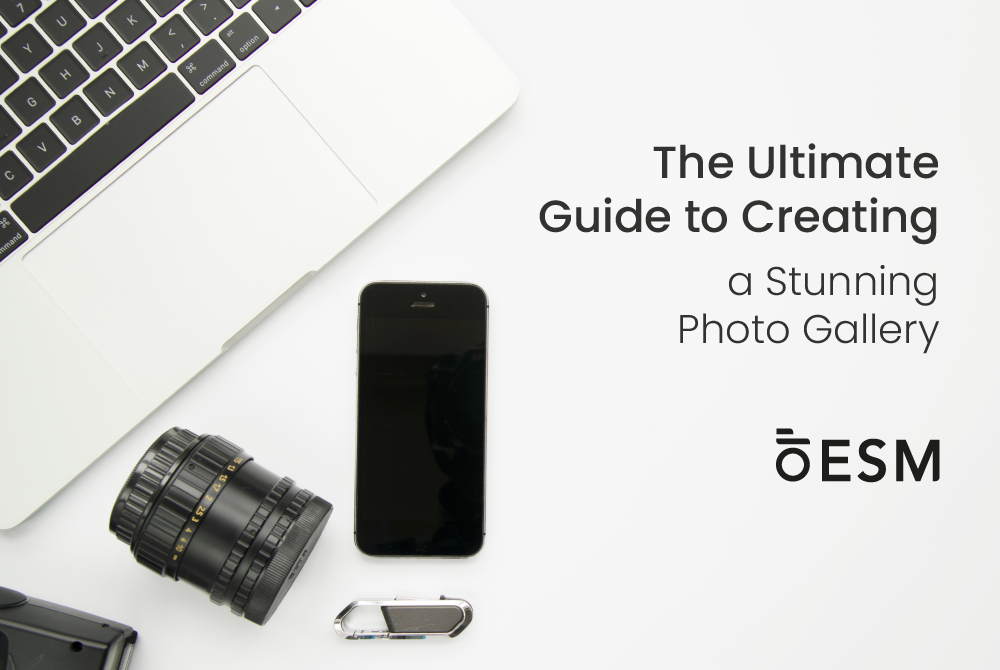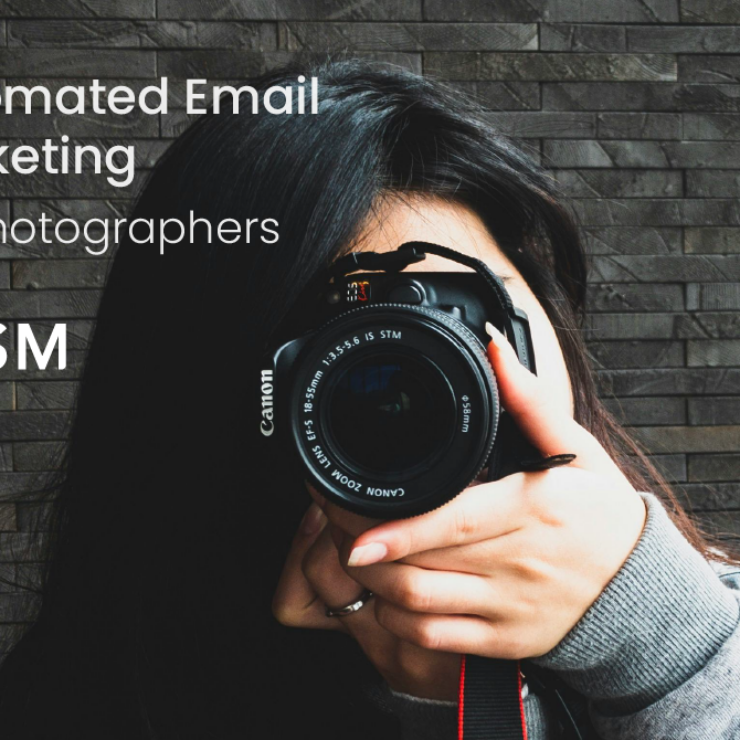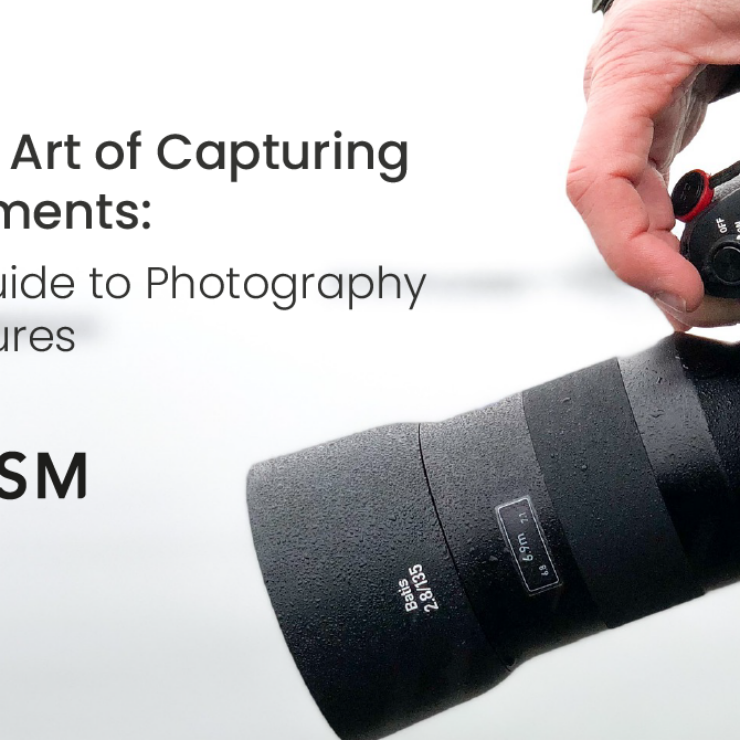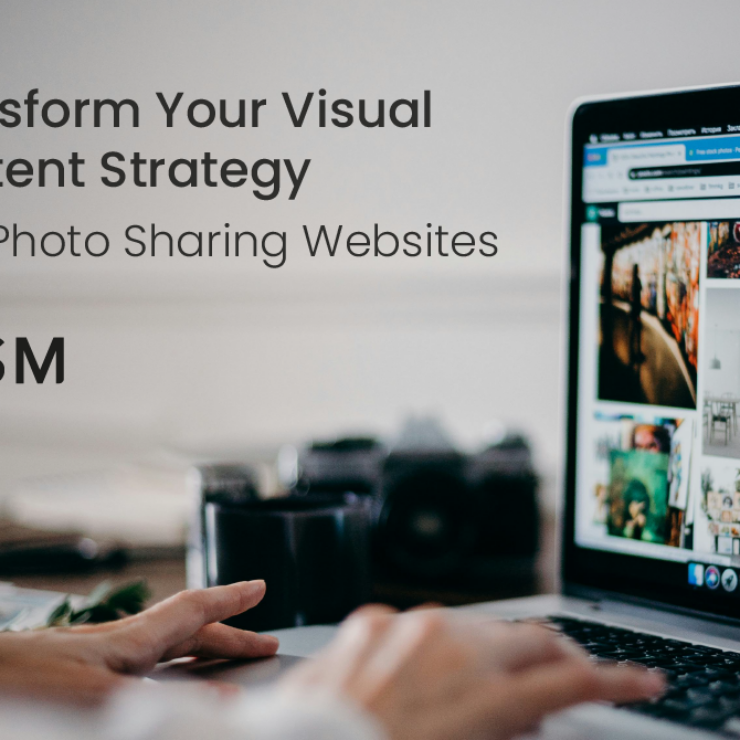“Create a stunning photo gallery with top tips and tools, including Essential Studio Manager, to showcase your best work.”
A photo gallery is more than just a collection of images. It’s a showcase of memories, a window into experiences, and, often, a critical component of a photographer’s portfolio. Whether you’re a professional photographer, an artist, or someone who loves capturing moments, curating a well-organized and visually appealing photo gallery can make all the difference in how your work is perceived.
But what makes a photo gallery stand out? How can you ensure that your gallery looks good and serves its purpose—to impress clients, tell a story, or sell your services? In this blog post, we’ll walk you through the essentials of building a stunning photo gallery that captures attention and delivers results.
Why Your Photo Gallery Matters
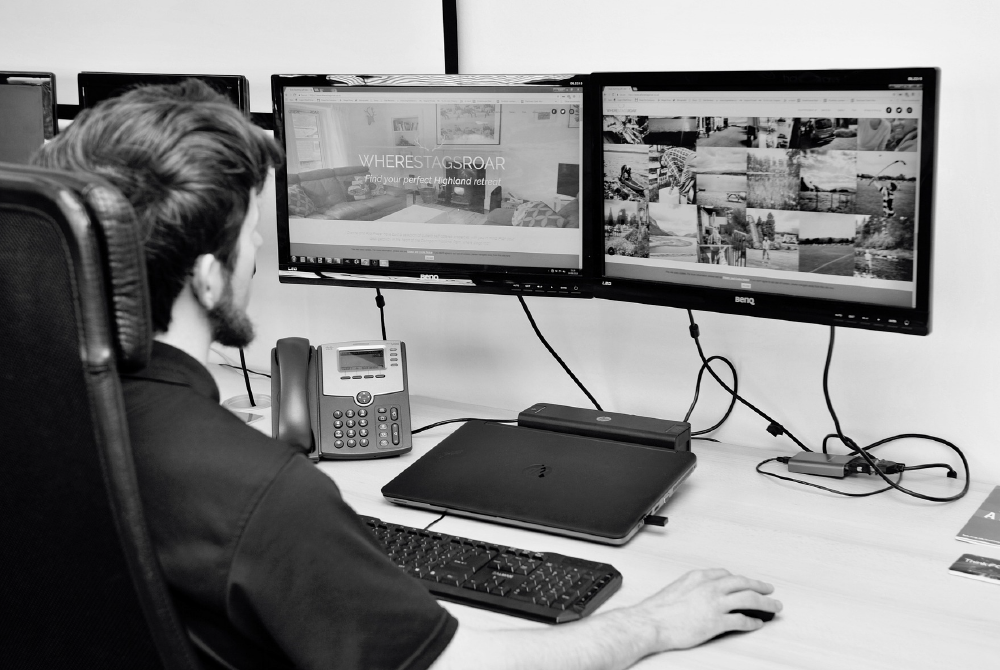
First impressions matter, especially in photography. Your gallery is often the first thing potential clients or viewers will see. It sets the tone for your brand and gives people a glimpse of your style and capabilities. A poorly organized or unattractive gallery can turn people away, while a well-designed one can attract and keep them engaged.
In today’s digital age, where everyone has a camera on their phone, the competition in photography is fierce. A great photo gallery helps you stand out by showcasing your unique perspective and technical skills. It’s your chance to highlight your best work and tell a story through your images.
Essential Tips for Creating an Engaging Photo Gallery
1. Choose the Right Platform
The first step in creating a photo gallery is choosing the right platform. Many options are available, from website builders like WordPress and Squarespace to specialized platforms like Essential Studio Manager. Each platform has its strengths, so consider your needs carefully before deciding.
Essential Studio Manager stands out as a powerful tool for photographers. It offers a range of features designed specifically for managing and displaying your work. With its intuitive interface, you can easily organize your photos, create custom galleries, and even manage client interactions all in one place.
2. Organize Your Photos
The organization is critical to a successful photo gallery. Start by sorting your photos into categories or themes. This could be based on the type of photography (e.g., portraits, landscapes, events), the mood of the images, or even the color palette. Organizing your photos helps viewers navigate your gallery easily and find what interests them.
Once you’ve sorted your photos, decide on the order in which they will appear. Think about how the images flow together. Does one image naturally lead to the next? Is there a story or a journey you’re trying to convey? The order of your photos can significantly impact the overall experience of your gallery.
3. Quality Over Quantity
Including every photo you’re proud of in your gallery is tempting, but less is often more. Instead of overwhelming viewers with too many images, showcase your best work. Choose photos representing your style and skills, and ensure each image adds something unique to the gallery.
When selecting photos, consider the technical quality as well. Ensure that each image is sharp, well-exposed, and free of any distracting elements. Remember, your gallery reflects your professionalism, so only include photos you’re genuinely proud of.
4. Pay Attention to the Details
Small details can make a big difference in how your photo gallery is perceived. Pay attention to your gallery’s layout, spacing, and overall design. Ensure the images are correctly aligned, and there is enough space between them to prevent the gallery from looking cluttered.
Consider the background color as well. A white or neutral background often works best, as it doesn’t distract from the photos. However, if you have a specific brand color or theme, you can incorporate that into the design as long as it complements the images.
5. Use Captions and Descriptions
Captions and descriptions can add context to your photos and help tell a story. While some images speak for themselves, others might benefit from a brief explanation or a title. For example, if you’re showcasing wedding photography, include the couple’s names, the location, and the date.
However, keep captions and descriptions concise. You don’t want to distract from the images themselves. Instead, think of them as a way to enhance the viewer’s experience and provide additional information where needed.

6. Optimize for Speed and Mobile Viewing
In today’s fast-paced world, people don’t have the patience for slow-loading websites. Compress images without sacrificing quality to optimize your photo gallery for speed. Large image files can slow down your website, leading to a poor user experience and higher bounce rates.
Additionally, more people are browsing the web on mobile devices, so ensuring your gallery looks great on all screen sizes is crucial. Test your gallery on different devices and make any necessary adjustments to ensure it’s fully responsive.
7. Highlight Your Best Work
Your photo gallery should feature your most vital images, but highlighting a few select photos is also good. Consider creating a “Featured” section at the top of your gallery, where you showcase your absolute best work. This could include award-winning images, published photos, or your personal favorites.
Highlighting specific photos can draw viewers in and give them a sense of your capabilities. It also allows you to control the narrative of your gallery by directing attention to the images that matter most.
8. Keep It Updated
A photo gallery is not a one-time project. To keep it relevant and engaging, you need to update it regularly. Add new photos as you complete projects, and remove older images that no longer represent your current style or skill level. Regular updates show potential clients you’re active and constantly improving your craft.
Updating your gallery can allow you to experiment with new layouts, themes, or styles. Don’t be afraid to try something different and see how it resonates with your audience.
9. Incorporate Client Feedback
If you’re using your gallery to attract clients, their feedback can be invaluable. After a project, ask clients what they thought of your gallery. Did it help them decide to hire you? Was it easy to navigate? Did they find the information they needed?
Incorporating client feedback can help you refine your gallery and make it more effective in achieving your goals. It also shows that you value your clients’ opinions and are committed to providing the best possible experience.
10. Promote Your Gallery
Once your photo gallery is up and running, don’t forget to promote it. Share it on your social media channels, include a link in your email signature, and feature it prominently on your website. The more visibility your gallery gets, the more opportunities you’ll have to attract new clients or viewers.
You can also consider showcasing your gallery by collaborating with other photographers, artists, or influencers. Partnerships and collaborations can help you reach a wider audience and add credibility to your work.
Boost Your Photo Gallery with Essential Studio Manager
Creating and maintaining a photo gallery can be time-consuming, especially if juggling multiple projects and clients. That’s where Essential Studio Manager comes in. This platform offers a range of features designed specifically for photographers, making managing your gallery and business easier.
Key Features of Essential Studio Manager
- Easy Photo Organization: Essential Studio Manager allows you to organize your photos into categories, making creating custom galleries for different clients or projects easy.
- Client Management: This feature lets you keep track of client information, contracts, and communication in one place. It can help you stay organized and provide a seamless experience for your clients.
- Gallery Customization: With Essential Studio Manager, you can customize the look and feel of your gallery to match your brand. Choose from various layouts, colors, and fonts to create a gallery that reflects your style.
- Secure Image Hosting: Essential Studio Manager provides secure image hosting, ensuring that your photos are safe and accessible at all times.
- Client Proofing: The platform offers a proofing feature, allowing clients to view and select their favorite photos directly from the gallery. This streamlines the selection process and saves you time.
Why Photographers Love Essential Studio Manager
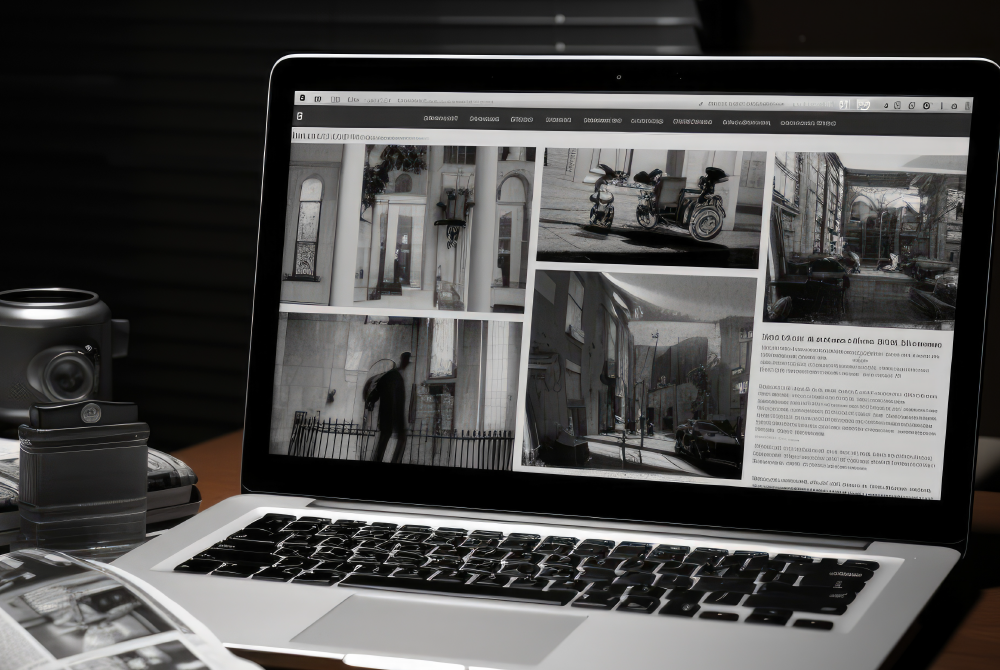
Photographers love Essential Studio Manager because it simplifies managing their business and gallery. The platform’s intuitive interface makes organizing photos, creating galleries, and communicating with clients easy. Plus, the ability to customize galleries means that you can create a unique experience for each client.
Another reason photographers choose Essential Studio Manager is its all-in-one functionality. Instead of using multiple tools, you can manage your photos, clients, and projects within a single platform. This saves time and reduces the risk of errors and miscommunication.
Conclusion
A well-crafted photo gallery is a powerful tool for photographers. It showcases your work, tells your story, and helps you connect with potential clients. By following the tips outlined in this guide and leveraging tools like Essential Studio Manager, you can create a photo gallery that looks stunning and serves your business goals.
Remember, your gallery reflects your brand and skills. Take the time to organize your photos, choose the best images, and present them in a way that engages and inspires your audience. With the right approach, your photo gallery can become one of your most valuable assets in your photography business.
FAQs
What is the best way to organize photos in a gallery?
The best way to organize photos in a gallery is to categorize them based on themes, events, or types of photography. This makes it easier for viewers to navigate your gallery and find what they want. Once categorized, consider the order of the photos to ensure a smooth flow and narrative.
How many photos should I include in my gallery?
Quality is more important than quantity. Aim to include only your best work in your gallery. Depending on the gallery’s purpose, 20-30 high-quality images are often enough to showcase your skills without overwhelming the viewer.
How often should I update my photo gallery?
It’s a good idea to update your gallery regularly—every few months or whenever you complete a significant project. Updating your gallery keeps it fresh and relevant and demonstrates your ongoing photography activity and development.
Can I use Essential Studio Manager for other types of creative work?
While Essential Studio Manager is designed with photographers in mind, its features can be helpful for other creative professionals as well. Artists, designers, and videographers can benefit from its organizational tools, client management features, and customizable galleries.
How can I ensure my photo gallery is mobile-friendly?
Choose a platform like Essential Studio Manager that offers responsive design options to ensure your photo gallery is mobile-friendly. Test your gallery on different devices and screen sizes to ensure it looks good and functions well.
What are the benefits of using Essential Studio Manager?
Essential Studio Manager offers several benefits, including easy photo organization, customizable galleries, secure image hosting, and integrated client management. These features streamline your workflow and help you maintain a professional and organized online presence.
How can I make my photo gallery stand out?
Focus on showcasing your unique style and perspective to make your photo gallery stand out. Use high-quality images, organize them thoughtfully, and pay attention to the overall design and layout. Keep your gallery updated and promote it regularly to attract more viewers.

